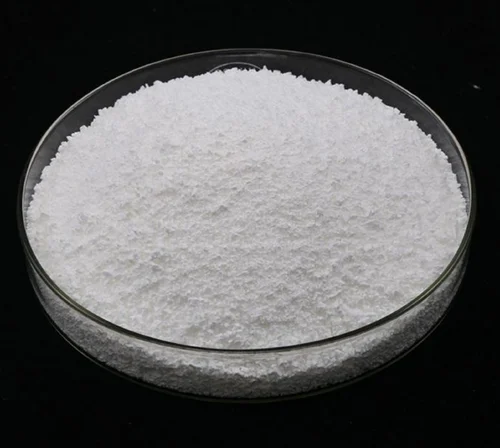Antioxidant 1010, scientifically known as Pentaerythritol tetrakis(3-(3,5-di-tert-butyl-4-hydroxyphenyl)propionate).It is a highly effective, sterically hindered phenolic antioxidant used across various industries, most notably in the manufacturing of polymers, plastics, and food packaging. It is one of the most researched and applied antioxidants in the market today. This guide aims to provide you with an in-depth understanding of Antioxidant 1010, its applications, benefits, and why it’s crucial in maintaining the quality and longevity of products.
In the world of polymer science and material chemistry. The need for stability and durability is a critical aspect that scientists and manufacturers continually address. Enter Antioxidant 1010, a versatile stabilizing agent used in an array of applications, from polymer manufacturing to food packaging and beyond. Understanding the chemical makeup, applications. And benefits of Antioxidant 1010 can provide insight into why it is such an integral component in various industries.
Chemical Composition and Structure
Formally known as Pentaerythritol tetrakis(3-(3,5-di-tert-butyl-4-hydroxyphenyl)propionate), Antioxidant 1010 is an organophosphite compound. It is a white, crystalline powder that is soluble in organic solvents like toluene and dichloromethane. The sterically hindered phenolic structure of Antioxidant 1010 provides it with excellent antioxidative properties.

Mechanism of Action (Antioxidant 1010 Applications and Benefits)
Antioxidants are substances that delay or prevent the oxidation of other substances. In the case of polymers and other organic materials. Oxidation can lead to a chain of destructive reactions resulting in the breakdown of the material. Antioxidant 1010 works by donating phenolic hydrogen atoms to free radicals, thereby neutralizing them and interrupting the chain reactions that lead to oxidation. This mechanism improves the thermal stability of the substance in which manufacturers use it.
Applications
Polymer Manufacturing
One of the primary applications of Antioxidant 1010 is in the manufacture of synthetic polymers like polyethylene, polypropylene, polyvinyl chloride (PVC), and polystyrene. It helps in stabilizing these polymers during high-temperature processing and enhances their shelf-life.
Automotive Industry
In the automotive sector, rubber and plastic components produced with Antioxidant 1010 endure extreme conditions such as heat, oxygen, and mechanical stresses. The addition of Antioxidant 1010 ensures the longevity and performance of these materials.
Food Packaging
Food packaging materials such as plastic films often contain Antioxidant 1010. It protects the packaging material from degrading, which could otherwise affect the safety and quality of the food product inside.
Cosmetics and Pharmaceuticals
Antioxidant 1010’s versatility enables its use in a broad range of applications. And it can synergize with various types of polymers and other antioxidants.
Benefits (Antioxidant 1010 Applications and Benefits)
Thermal Stability
One of the primary benefits of using Antioxidant 1010 is its excellent thermal stability. This characteristic makes it useful in applications that involve high temperatures, such as the extrusion of plastics and the molding of rubber.
Longevity and Durability
Adding Antioxidant 1010 to polymers and other materials can significantly enhance their longevity and durability. This property is especially beneficial in industries where material failure can result in costly downtimes or, worse, safety risks.
Food Safety
In food packaging applications, the use of Antioxidant 1010 can improve the safety and quality of food products by preventing the breakdown of the packaging material.
Versatility
The versatile nature of Antioxidant 1010 allows it to be used in a wide array of applications. It is compatible with various types of polymers and can be used in combination with other antioxidants to achieve a synergistic effect.
Regulatory Aspects
The FDA and the EFSA have set specific guidelines and concentrations for the safe use of Antioxidant 1010, and it is crucial to adhere to these regulations.
Conclusion (Antioxidant 1010 Applications and Benefits)
Antioxidant 1010 is a remarkable substance with a wide range of applications and numerous benefits. Its role as a stabilizer in polymers, automotive components, and food packaging materials has made it indispensable in these sectors. It offers excellent thermal stability, improves longevity, and can significantly contribute to the safety and quality of various products.
Understanding the chemistry, applications, and benefits of Antioxidant 1010 can offer valuable insights for both producers and consumers. Its versatile nature, combined with its proven efficacy, makes it a critical component in advancing the stability and quality of a multitude of materials.
By maintaining the integrity and extending the life of various products, Antioxidant 1010 plays a significant role in not only enhancing the efficiency of production processes but also in promoting sustainability by reducing waste.
In a world that is constantly seeking better and more durable materials, Antioxidant 1010 will continue to play an integral role in material science, promising a future of more stable, durable, and sustainable products.

